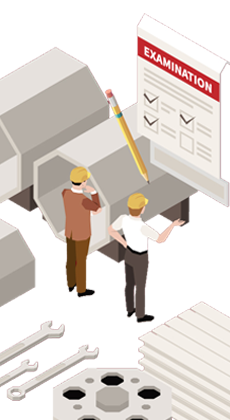Schedule a Call Back
Hyderabad's Surging Vehicle Growth Chokes City

The rapid growth of vehicle ownership in Hyderabad, India, has reached alarming levels, exacerbating the city's air pollution and transportation challenges. With an average of 25,000 new vehicles hitting the city's roads each month, Hyderabad is struggling to breathe.
The surge in vehicle ownership can be attributed to several factors, including a booming economy, increasing urban population, and improved affordability. However, this unprecedented growth has come at a significant cost to the city's environment and quality of life.
One of the major consequences of this surge is the alarming increase in air pollution levels. Hyderabad's already poor air quality has deteriorated further, with vehicular emissions being a significant contributor. The inadequate infrastructure to support this exponential rise in vehicles exacerbates the problem, leading to long traffic jams and inefficient public transportation systems.
The strain on infrastructure is particularly evident in the city's roads, which are not designed to accommodate such a high volume of vehicles. Daily commute times have significantly increased, resulting in heightened frustration among residents. Moreover, the road safety situation is worsening, with a surge in accidents and traffic-related fatalities.
The dire consequences of this vehicle explosion are not limited to pollution and inconvenience alone. The economic burden on the city is also massive. The government has to allocate significant resources to address the environmental and health impacts caused by excessive vehicle growth. Additionally, the cost of maintaining and expanding the transportation infrastructure has become a formidable challenge.
To tackle this crisis, Hyderabad needs a multi-pronged approach that includes both short-term and long-term solutions. Improving and expanding public transportation, including metro, bus, and rail networks, can incentivize citizens to opt for public transport instead of private vehicles. Additionally, promoting carpooling, cycling, and walking can help reduce the number of vehicles on the road.
Strict enforcement of vehicle emission norms is crucial to curbing pollution levels. The government should also consider implementing congestion charges and parking fees to discourage private vehicle usage in city centers. Investments in smart traffic management systems and infrastructure upgrades are also necessary to improve the efficiency of the existing transportation network.
Addressing the vehicle growth crisis in Hyderabad is paramount to ensure a sustainable and livable future for its residents. By implementing comprehensive strategies, the city can mitigate the adverse environmental and economic impacts caused by the surge in vehicles and steer towards a more balanced and efficient urban transportation system.


Subscribe Now
Subscribe to our Newsletter & Stay updated
RECENT POSTS
Popular Tags
Folliow us
Related Stories
Mumbai’s Carnac Bridge Renamed Sindoor After Operation Sindoor
The newly constructed Carnac Bridge in Mumbai, now officially renamed as Sindoor Bridge, was inaugurated on July 10, 2025, by Maharashtra Chief Min...
Titagarh Rail to Raise Funds via Preferential Issue of Warrants
Titagarh Rail Systems Limited has announced plans to raise ~Rs 2 billion through a preferential allotment of 21,16,402 convertible warrants to me...









